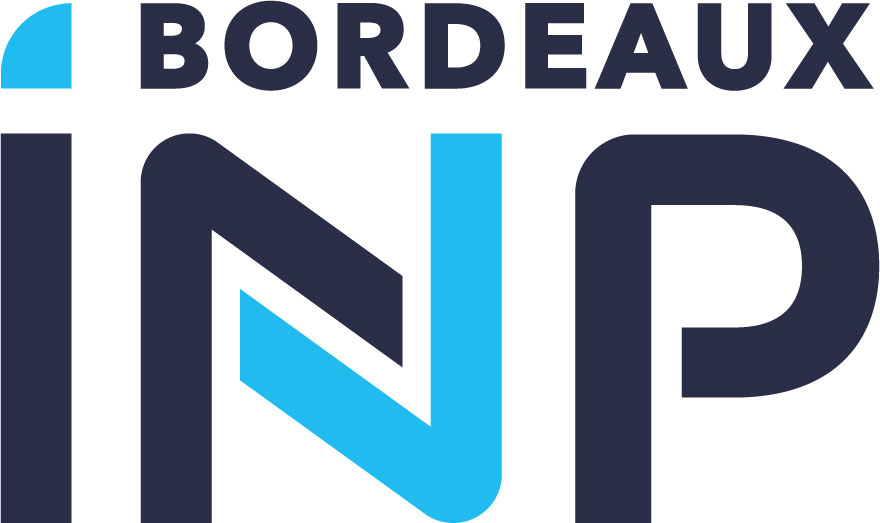IMB > Informations générales > Agendas
Le 12 septembre 2024
à 11:15
Séminaire Images Optimisation et Probabilités
Salle de conférénces
Marc Arnaudon IMB
(proba-stat) Entrelacement, simulation parfaite et diffusions dans l'espace de Wasserstein
Le 19 septembre 2024
à 15:30
Le Colloquium
Salle de Conférences
Virginie Ehrlacher (CERMICS École des Ponts ParisTech)
TBA
Le 27 septembre 2024
à 09:00
Soutenances
Salle de conférences
Virginie MONTALIBET IMB
Titre de la thèse : "Amélioration du suivi clinique de tumeurs intracrâniennes à l'aide d'équations différentielles et de méthodes d'apprentissage" . Directeur de thèse : Olivier Saut. Co-directrice : Annabelle Colin.
Le 3 octobre 2024
à 11:15
Séminaire Images Optimisation et Probabilités
Salle de conférence
A définir A définir
(Maths-IA) A définir
Le 8 octobre 2024
à 11:00
Séminaire de EDP - Physique Mathématique
Salle de conférences
Gabriel Rivière Université de Nantes
TBA
Le 15 octobre 2024
à 11:00
Séminaire de EDP - Physique Mathématique
Salle de conférences
Martin Donati Université Grenoble
TBA
Le 22 octobre 2024
à 11:00
Séminaire de EDP - Physique Mathématique
Salle de conférences
Eliot Pacherie CY Cergy Paris Université
TBA
Le 4 novembre 2024
au 6 novembre 2024
Manifestations Scientifiques
Domaine du Haut-Carré - Auditorium de l'Agora
Comité d'organisation : Fabrice CATOIRE Université de Bordeaux\, Alexandra DARRIEUTORT MCIA Bordeaux\, Philippe DEPOUILLY IMB Bordeaux\, Laurent FACQ IMB Bordeaux\, Pierre GAY MCIA Bordeaux\, Alice LASSERRE INRIA Bordeaux\, Luc MIEUSSENS IMB Bordeaux\, Philippe PARNAUDEAU CNRS Institut Prime\, Sandrine SABATIÉ INRAE Bordeaux -
JCAD 2024 Journée calcul et données
Le 5 novembre 2024
à 11:00
Séminaire de EDP - Physique Mathématique
Salle de conférences
Stephan Simonis Karlsruhe Institute of Technology
TBA
Le 7 novembre 2024
à 11:15
Séminaire Images Optimisation et Probabilités
Salle de conférence
A définir A définir
(Maths-IA) A définir
Le 4 décembre 2024
à 11:15
Séminaire Images Optimisation et Probabilités
Salle de conférence
A définir A définir
(Maths-IA) A définir
Le 6 février 2025
à 11:15
Séminaire Images Optimisation et Probabilités
Salle de conférence
Rémi Gribonval INRIA
(Maths-IA) A définir
Le 14 mars 2025
à 10:45
Séminaire de Géométrie
Salle 2
Cécile Gachet (Université Humboldt - Berlin)
A préciser
Le 25 août 2025
à 09:00
au 29 août 2025
à 17:30
Manifestations Scientifiques
Salle de conférences
Organisateurs : Marie-Claude Arnaud\, Jacques Fejoz\, Marco Mazzucchelli\, Philippe Thieullen
Conformal Dynamics and Geometry in Bordeaux
Tous les événements à venir
N’afficher que les événements de cette semaine
À préciser...
A définir



